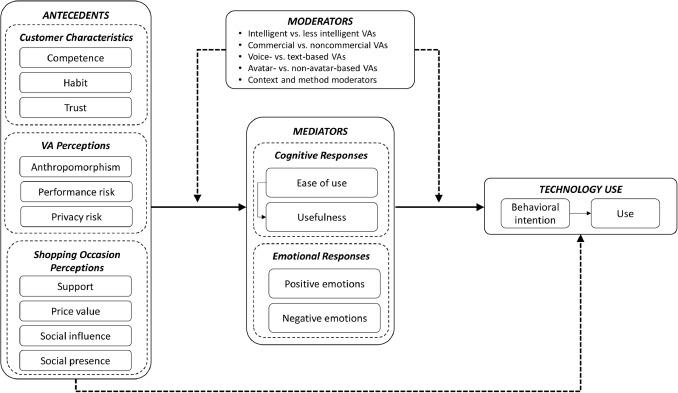In a revealing assessment of the current landscape of women’s cycling, the newly released 2025 survey by The Cyclists’ Alliance has highlighted a growing divide within the sport that is raising concerns among athletes and stakeholders alike. As competitive opportunities and resources become increasingly polarized, the survey underscores a critical point in women’s cycling, where the disparity between different tiers of competition threatens to undermine the progress made in recent years. With calls for action echoing throughout the cycling community, industry leaders are now faced with the urgent task of addressing these inequalities to ensure a sustainable and equitable future for female athletes in the sport.
The Growing Divide in Women’s Cycling Tiers Highlights Urgent Need for Structural Reforms
The latest findings from The Cyclists’ Alliance 2025 survey underscore a concerning reality in women’s cycling: the widening gap between elite and grassroots levels. This divide not only compromises the integrity of the sport but also poses significant challenges for aspiring athletes. As highlighted in the survey, factors contributing to this disparity include:
- Funding limitations: Many women’s teams struggle to secure adequate sponsorship and financial support compared to their male counterparts.
- Unequal exposure: Media coverage remains heavily skewed, leading to less visibility and fewer opportunities for women athletes.
- Inconsistent race schedules: A lack of uniformity in race availability and prize money creates barriers for lower-tier women cyclists aiming to progress.
To address these issues, the sport must embrace structural reforms that promote inclusivity and support across all tiers. Initiatives could include equitable funding models, increased media presence, and a more organized approach to race scheduling. As the survey results reveal, there is an urgent need for action to create a more balanced ecosystem where female cyclists can thrive. Below is a summary of the current state of funding and exposure:
| Aspect | Current Situation | Proposed Change |
|---|---|---|
| Team Funding | High-tier teams receive 75% of total sponsorship | Equal distribution of sponsorship funds |
| Media Coverage | Women receive 10% of media exposure | Target 50% media representation |
| Race Incentives | Prize money disparities up to 60% | Standardize prize money across tiers |
Survey Insights Reveal Systemic Challenges Facing Female Cyclists
The Cyclists’ Alliance 2025 survey has highlighted a troubling trend within women’s cycling, underscoring various systemic challenges that female cyclists continue to face. The findings illustrate a disheartening expansion in the competitive gaps between different tiers of women’s cycling, revealing an urgent need for intervention within the sport. Stakeholders, including teams, sponsors, and cycling federations, must prioritize equitable support systems to address the discrepancies that hinder the development of female competitors. According to the survey, key issues affecting female cyclists include:
- Inconsistent funding: Many female teams struggle to secure sponsorships that match their male counterparts, limiting their operational budgets.
- Limited race opportunities: Female cyclists often have fewer races on the calendar, reducing their exposure and competitiveness.
- Poor media coverage: There’s a significant disparity in media attention dedicated to women’s events, which affects visibility and interest in the sport.
Moreover, a deeper dive into the survey data reveals how these issues intersect with broader societal challenges. The table below illustrates the perception of support among female cyclists based on their tier of competition:
| Tier | Perceived Support Level |
|---|---|
| Elite | High |
| Mid-Level | Moderate |
| Grassroots | Low |
This stark contrast in perceived support levels emphasizes the need for a comprehensive framework aimed at nurturing talent across all tiers and ensuring pathways to success for female cyclists. Addressing these systemic challenges is not merely a matter of fairness; it is critical for the growth and sustainability of the sport as a whole.
Recommendations for Bridging the Gap and Ensuring Equitable Opportunities in Women’s Cycling
To counteract the widening disparities in women’s cycling, stakeholders must take decisive steps to create a more equitable environment. Governments, sporting federations, and sponsors can collaborate to establish comprehensive funding models aimed at supporting women’s teams and events. By investing in grassroots initiatives, mentoring programs, and organizational training, this approach could empower younger cyclists and instill a culture of inclusivity. Additionally, increasing visibility through media coverage and promoting women’s cycling events will help attract sponsorship, ensuring financial sustainability for teams at all levels.
Moreover, establishing clear performance pathways that identify and support talent across various tiers can significantly enhance opportunities for female cyclists. Implementing tiered competitions that allow for promotion based on performance can foster healthy competition and growth. Creating a framework for equitable pay for female athletes, especially in professional settings, is vital to ensure that all cyclists are fairly compensated. The following table illustrates potential strategies and their expected impact:
| Strategy | Expected Impact |
|---|---|
| Fund grassroots cycling programs | Increased participation and talent discovery |
| Improve media coverage for women’s events | Higher viewership and sponsorship prospects |
| Establish tiered competition systems | Enhanced athlete development opportunities |
| Implement equitable pay structures | Attraction and retention of top talent |
To Wrap It Up
In conclusion, the findings of the Cyclists’ Alliance 2025 survey underscore a pivotal moment for women’s cycling, highlighting a pronounced disparity between different competitive tiers within the sport. As the governing bodies, sponsors, and fans examine these issues, it becomes imperative to address the institutional barriers that hinder the growth and visibility of women’s cycling. The survey’s revelations call for collective action to ensure that the sport not only evolves but does so equitably, allowing female cyclists to thrive at all levels of competition. With the momentum of recent developments, there remains a crucial opportunity to foster an inclusive environment that elevates women in cycling and sets a foundation for future generations. The challenge lies ahead, but the commitment to bridging the gap must now take center stage.











